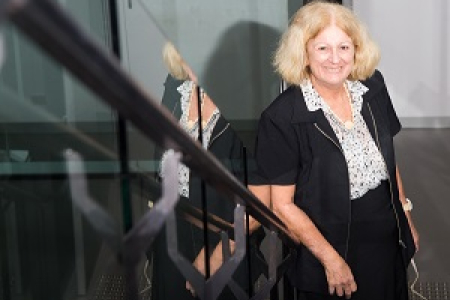Territorians embrace social media
The first analysis of social media use in the Northern Territory has revealed the various ways Territorians stay connected.
Women participating in the Charles Darwin University online survey of 419 self-identified social media users were found to use social media applications more frequently than men.
Senior lecturer in Business Dr Susan Bandias said female participants also were more comfortable interacting with strangers online, despite many indicating that unwarranted and inappropriate behaviour was fairly common online.
“Because it is such a big part of mainstream culture, women continue to access social media,” Dr Bandias said.
“If you’re not part of social media, you’re not part of what is today.”
She said women’s primary use of social media included keeping in touch with family and friends, meeting new people, networking with others, sharing photos and for education.
Dr Bandias said women living remotely had a history of adapting quickly to emerging communication technologies to help them overcome hardships associated with isolation.
The survey showed Facebook was the most commonly and intensely used social media application for all participants, with about 83 per cent saying they used it at least once a day. YouTube came in second, followed by Skype.
About 65 per cent of all Facebook users accessed the application more than once a day, with participants aged 20 to 30 years old being the most active age group on Facebook and YouTube.
The use of social media to meet new people was significant for the 15 to 25 year age group.
Find out more about the report by Dr Bandias and senior lecturer in Marketing Dr Rajeev Sharma in the latest edition of Origins magazine at W: cdu.edu.au/sites/default/files/mace/docs/origins-2-2015.pdf
